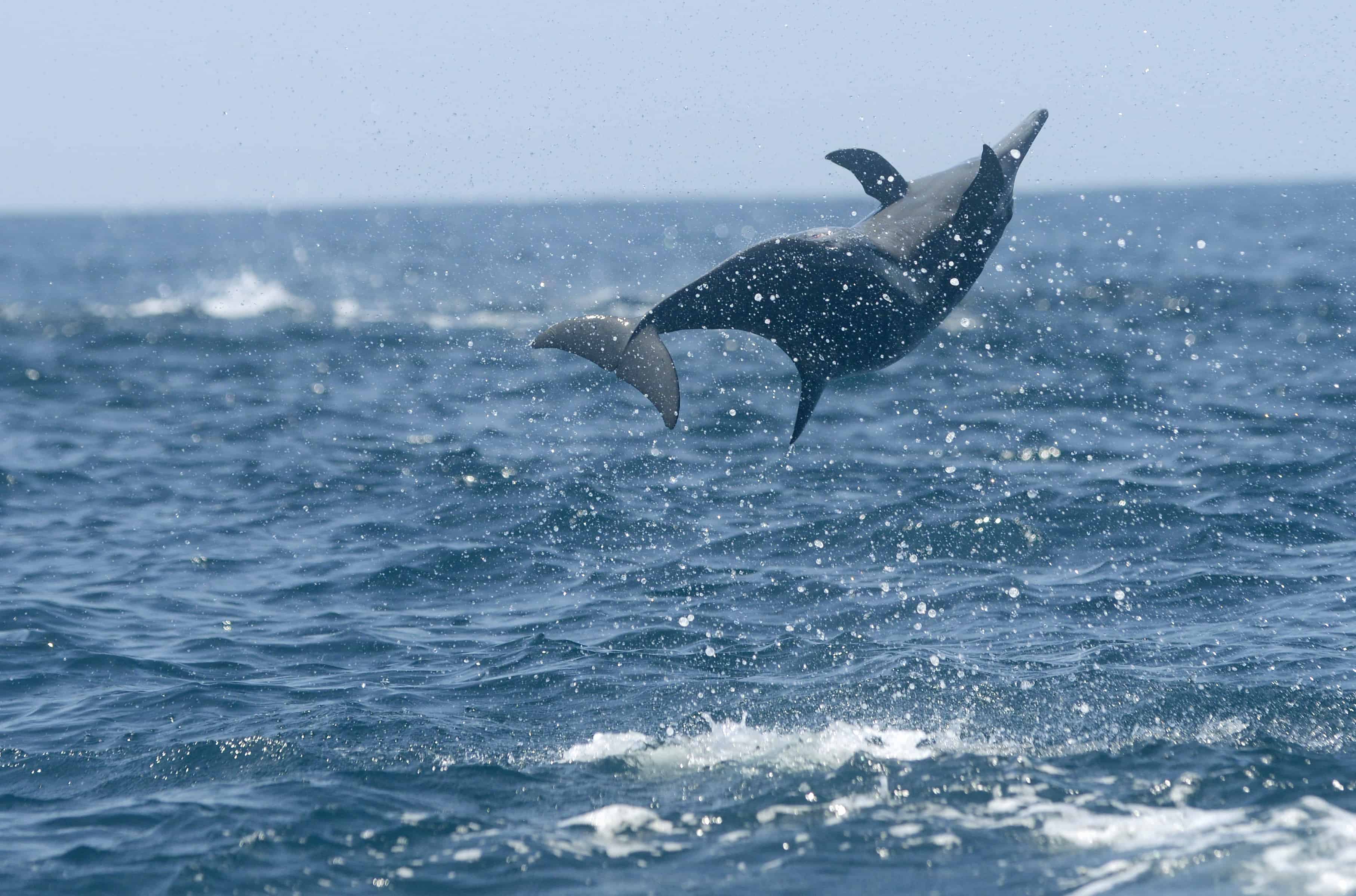To Costa Rica’s local tribes of whales and dolphins, the onslaught of fishing nets and longlines might seem like an oceanic version of the blockbuster movie “Avatar.” The film follows a clan of indigenous aliens on a fantasy planet as they defend themselves against big scary machines and greedy creatures from somewhere else.
The tribe lives fully connected to local natural ecosystems, helping to perpetuate them into the future. The outsiders want to destroy ancient systems for quick and large profits. Sound familiar? If you were one of Costa Rica’s dolphins or whales, it would.
Head out to Costa Rica’s blue-water pelagic ecosystem offshore of Caño Island Biological Reserve and Corcovado National Park if you want to see really cool-looking, intelligent creatures fleeing for their lives from their ancestral haunts, where giant machines are destroying their self-sustaining world for a few tiny pieces of it.
Shrimp nets are like giant bulldozers razing the otherworldly forests of Costa Rica’s deep-sea bottoms. Longline fishing hooks kill magical and fantastic beasts every day, right here. Giant, floating ships assault and indiscriminately kill chiefs and children alike. The only chance this world has is help from the people of planet Earth.
Shrimp trawling and other forms of deep-sea bulldozing must be banned. The ancient groves of mysterious life on the deep-sea floor might as well be another planet for many, but not for shrimpers. They know that if they raze the timeless and intricate deep-reef ecosystems to mud and sand, they can make a tidy profit on some shrimp.
Nobody knows the scope of what’s being destroyed down there, but we do know that countless animals are thrown back to the ocean dead from every net haul. The lines of dead sea life often stretch for kilometers behind each shrimp trawler.
Longline fishing, in which a kilometers-long line with numerous hooks along it floats around catching lots of fish, kills strange-looking billfish and much more every day. Billfish, prized by sport fishers for their fight, stand no chance against long-line hooks. You can find them one after the other, dead and dying, along lines that stretch out of sight.
The image of man dominating billfish with a smile, known as the trophy shot, has recently fallen from hunter vogue because taking the fish from the water for the photo can be the death blow to a fish that just had one of the worst days of its life. A new version for Costa Rica might be a shot of the big hunter trying to resuscitate dying trophy billfish that are suffocating from being caught on a long-line hook for too long. There are countless photo ops.
The photo opportunities provided by huge tuna ships are not shots most people want to see. In fact, the ocean dozers will stop operations if cameras are around. The reason is that the tuna ships perpetuate massive dolphin tragedy. If not stopped from dragging their city block-sized nets through dolphin pods, tuna ships will continue to kill and harass some of the largest dolphin congregations known on earth, congregations that are crucial for mixing genetic diversity and thus survival of the dolphin tribes.
The cetaceans of planet Earth are fighting for their lives against greed and myopia. You do not need a sci-fi avatar to hang out with them. Put on a mask, snorkel and fins and head out to the Osa Peninsula’s blue water, and you become a crude dolphin avatar.
And you may then know that protecting the cetacean tribes of Costa Rica from deep-sea trawling, longlines and tuna dozers is something worth working very hard for.





